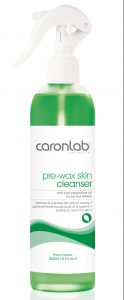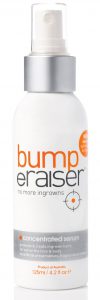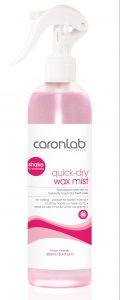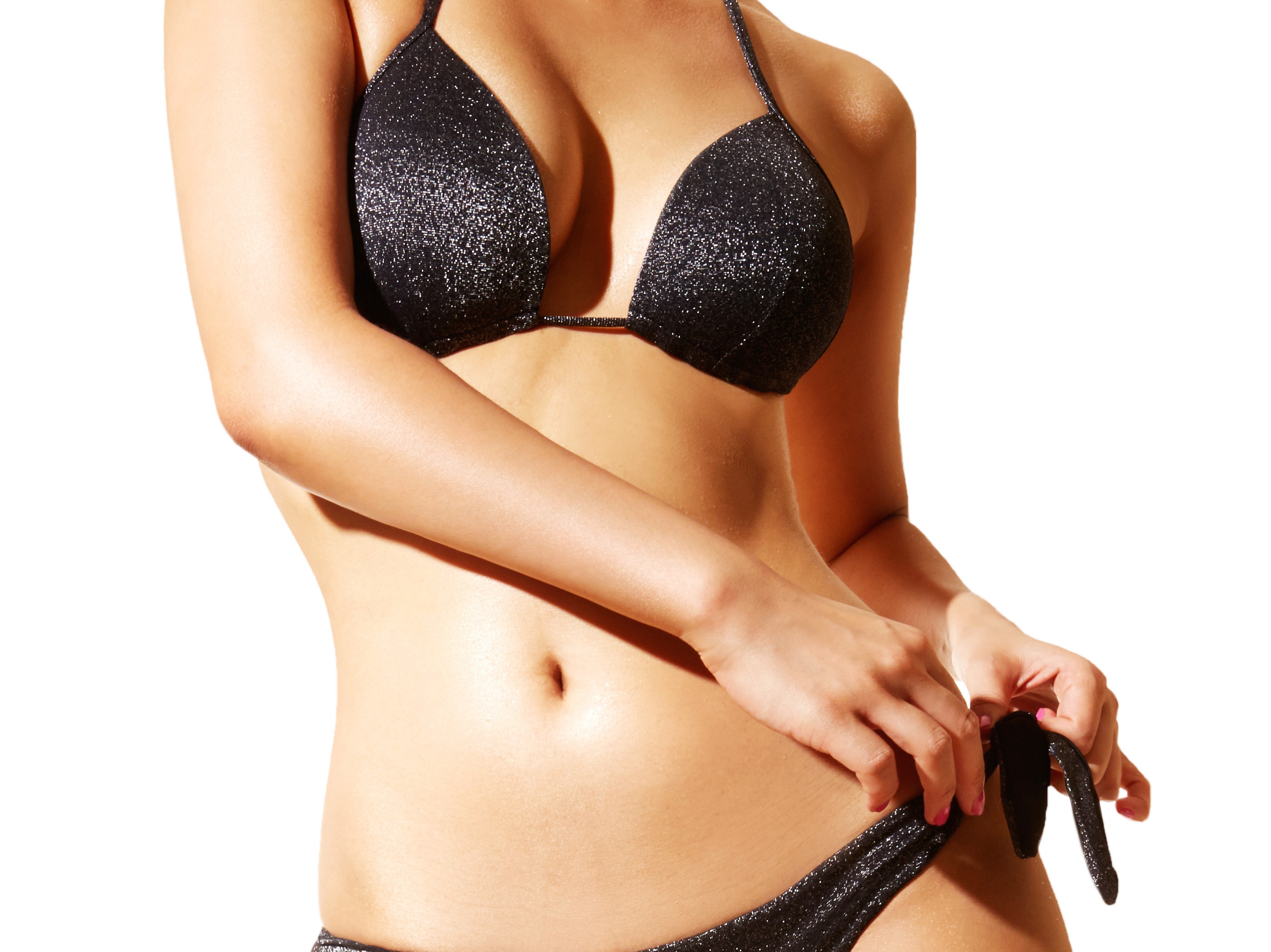When in the wax room, we work hard to make skin smooth and hairless, but pesky skin issues can still occur. Lilliane Caron, Owner & Director of Caronlab Australia, tells us how to tackle the side effects that can come from waxing

“I have seen and heard about every possible waxing side effect you can imagine,” says Lilliane Caron. “Everyday people we have just met literally strip down to the nude and reveal to us personal experiences or side effects they have had from waxing.”
Lilliane Caron, owner and director of professional waxing brand, Caronlab, has been in the beauty industry for almost 40 years so she should know.
“Most of the time, the side effects they’re referring to are completely normal,” says Lilliane Caron. “In saying this, it’s much better for these questions and queries to arise before the client leaves the salon so that we can work together to eliminate them.”
Here are Lilliane Caron’s top tips on how you and your clients can reduce the chances of nasty waxing side effect spoiling your waxing treatment.
Redness and Inflammation
The issue: “A common and natural side effect of waxing is redness and inflammation,” says Lilliane Caron. “Now, to a degree there will always be some redness particularly with people with pale and sensitive skin. We are literally ripping the hairs out from the follicles; that’s always going to cause the skin to react in some way.” Caron says however that using a superior wax, with high quality ingredients is going to decrease the reactions and cause much less irritation to the skin. “I can’t stress this enough; wax is not just wax,” says Lilliane Caron. “Cheap, inferior wax, made with poor quality products is the main cause of irritation.”
What to do: Find the right wax, says Caron. “Usually we are told “natural” is better but when it comes to pine (tree) resin in waxes, unrefined resins can cause allergic reactions and product instability,” says Lilliane Caron. “Top of the range synthetic resins are much safer, more consistent and easier for the therapist to work with. Synthetic resins are usually declared as hydrocarbon resin or polycyclopentadiene. High quality synthetic resins are easy to colour and fragrance and often appear fresh and clean. Pure white waxes can only be made from the best synthetic resins available.” High quality synthetic waxes also provide the manufacturer with better quality control over the product, says Caron, and gives the therapist confidence in the treatment being performed.

Not only do you need to choose the right wax, you also need to choose the right pre and post products to go with your treatment, says Lilliane Caron. “If you’re using a wax that requires pre-waxing oil, make sure you use one! This removes any traces of dirt, makeup, cream and body oil.” Caron recommends peppermint oil, which provides a refreshing cool feeling and acts as a soothing agent. “It also improves the adherence of the wax to the skin meaning you won’t have to go over any areas more than once, which is another sure way of reducing irritation to the skin, ” says Caron. “In saying this, if you are using a superior gentle Hard Wax, no pre waxing oil is required at all!”
Lilliane Caron also recommends, using an after waxing soothing lotion when you have finished your waxing treatment. “I suggest one with either Tea Tree or mango and Witch Hazel,” says Caron. “These ingredients have soothing properties which calm and replenish the skin with vital nutrients. Not only does the after waxing lotion help with soothing the skin but it also helps prevent the formation of ingrown hairs and pustules.”

Ingrowns, bumps and pimples
The issue: Those dreaded bumps! Ingrown hairs and pimples are a common side effect of waxing.
What to do: “Ingrown hair treatments are the perfect addition to any treatment as well as a great retail product for your salon,” says Lilliane Caron. “An ingrown hair concentrated serum is best used after waxing as natural fruit acids soothe irritated skin and help prevent ingrown hairs from occurring.” If your client has already existing ingrown hairs, Caron suggests recommending a targeted ingrown hair spot treatment. It is ideal for healing ingrown hairs quickly and can also be used on pimples as it rapidly draws out the infection. “These products are easy to up-sell with any waxing treatment,” advises Caron. “Don’t forget to encourage your clients to exfoliate daily too, every client you treat should walk out the door with an exfoliating mitt; after all, prevention is always better than a cure!”

At the end of her treatments, Caron also recommends applying an after waxing oil to remove any wax residue. “The one I use contains Tea Tree Oil and also works as an anti-bacterial,” says Caron. “Unlike paraffin and vegetable based oils, it is easily absorbed and doesn’t leave the skin greasy. Leaving a clean, smooth finish it also helps prevent ingrown hairs and bacteria from causing pustules and pimples.”
Pain & bruising
The issue: We all know that waxing doesn’t tickle however there are ways to make it a less painful experience. “Using an incorrect waxing technique can cause serious damage to a client’s skin including unnecessary pain and bruising,” says Lilliane Caron.
What to do: Get to know your wax. “Invest in a good heater and get to know the perfect consistency of your chosen wax,” says Caron. “If you are treating an older client, be especially gentle as their skin can tear and bruise easily. Always remember to always ask if they have started taking any new medication before each wax. A lot can change in 4 weeks and medication can also play a factor in how a client’s skin will react to your treatment.”
Another product to help ease discomfort as well as speed up your treatment is Caronlab Quick Dry Wax Mist. “Quick Dry Wax Mist not only sets your wax instantly but it also contains natural AHA which is known to reduce redness,” says Caron. “It can also be used to spritz over your client to cool and add an ambience to your treatment during the warmer months.”

“As therapists, it is our job to do all we can to make a client’s waxing experience, including the treatment itself and the results afterwards as pleasant as possible,” says Lilliane Caron. “After all, if they suffer from severe side effects because we aren’t using the right products or technique, they definitely won’t be back!”
Lilliane advises that, with a combination of “having the correct technique, using the right products and offering the appropriate aftercare advice” the side-effects to our clients will be minimised, their skin will look smooth and flawless – and they’ll keep coming back.
If you would like to contact Lilliane Caron to get more advice on how to help your salon, email info@caronlab.com.au
For more information, go to carolab.com.au

